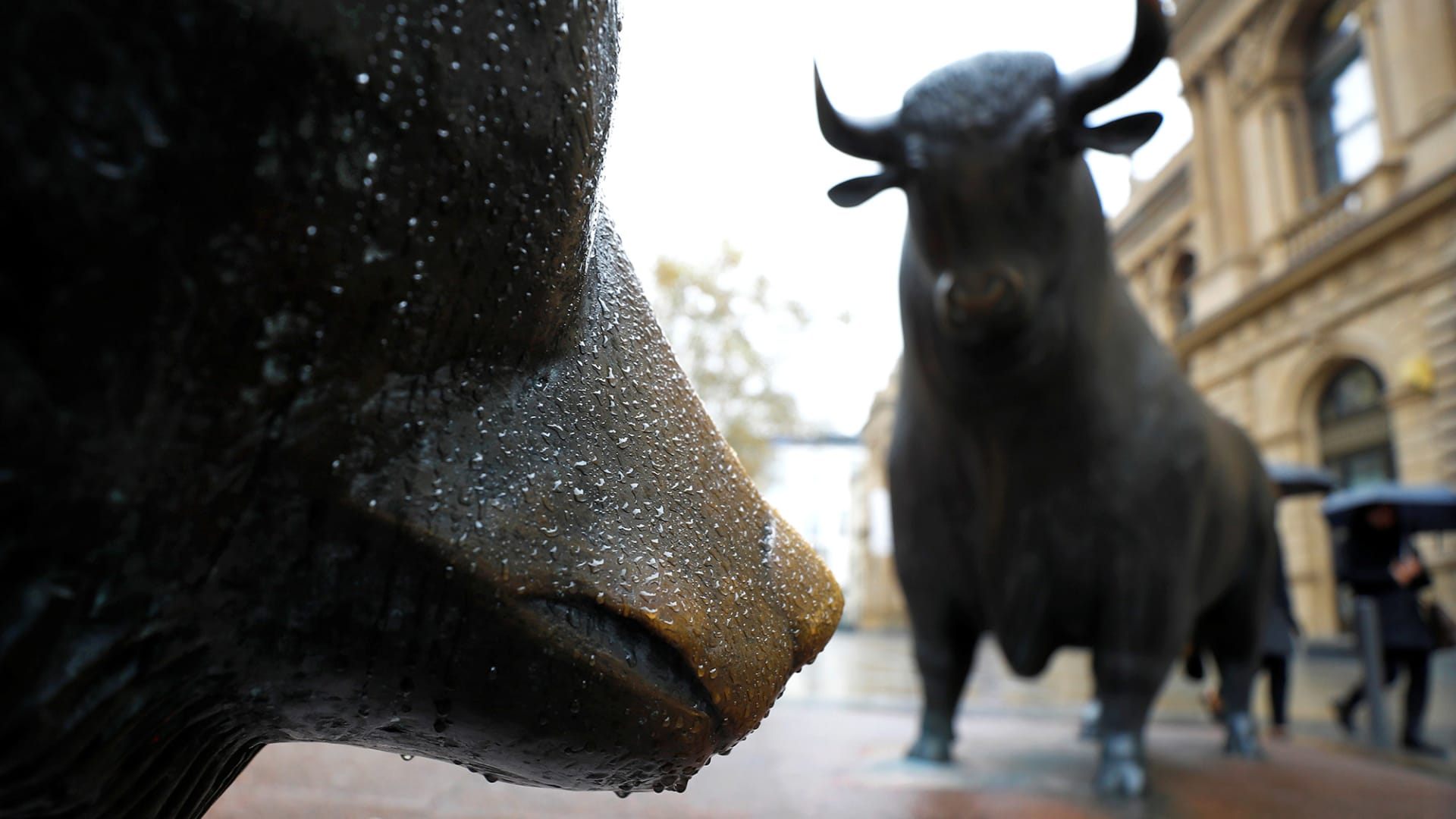
A bearish signal called a “head and shoulders” pattern by Wall Street chart watchers is forming in the S & P 500 after Friday’s sell-off, pointing to greater downside risk ahead, according to Bank of America. According to technical analysis, a head-and-shoulders chart pattern of three peaks — a high middle peak (“head”) bookended by two lower peaks of similar heights (“shoulders”) — is a sign that a bullish trend may be about to end. And a market that breaks the pattern’s “neckline” — the line connecting the two troughs — could also point to selling ahead. “The ‘Jackson Hole’ failure at 4195-4219 (8/22 downside gap) suggests an August head and shoulders top with downside risk to the low 3900s,” BofA technical strategist Stephen Suttmeier wrote in a Friday note. “We are also watching potential supports at the 100- and 50-day MAs at 4073 and 3996, respectively, with tactical retracement levels at 4062 (38.2% of the June into August rally), 3981 (50%) and 3900 (61.8%),” he continued. A head-and-shoulders pattern does not always point to an impending downturn. Still, other Wall Street firms pointed to bearish signals after a rout of 1,000 points in the Dow Jones Industrial Average on Friday spurred investor fears that the major averages will retest last June’s market lows. “[Last week] provided the first real signs that helped to support our belief that the recent rally was nothing more than a violent bear market bounce,” read a Saturday note from Wolfe Research’s Rob Ginsberg, arguing that the broad market index will break below 3,800. Oppenheimer’s technical analyst Ari Wald urged investor caution in September, which history says is an especially poor month when the S & P 500 starts below its 200-day moving average. “[Against] near-term trading concerns, we still believe June’s reset suggests a longer-term bottom is forming. Looking ahead, a rally above the S & P’s 200-day average (4,300) would confirm a bullish reversal, and a breach of its 50-day average (4,000) would threaten it,” Wald wrote. Meanwhile, BTIG’s Jonathan Krinsky believes that “the June lows will hold as weakness under 4,000 should see sentiment and positioning get bearish enough to create a decent entry point heading into the fourth quarter.”
